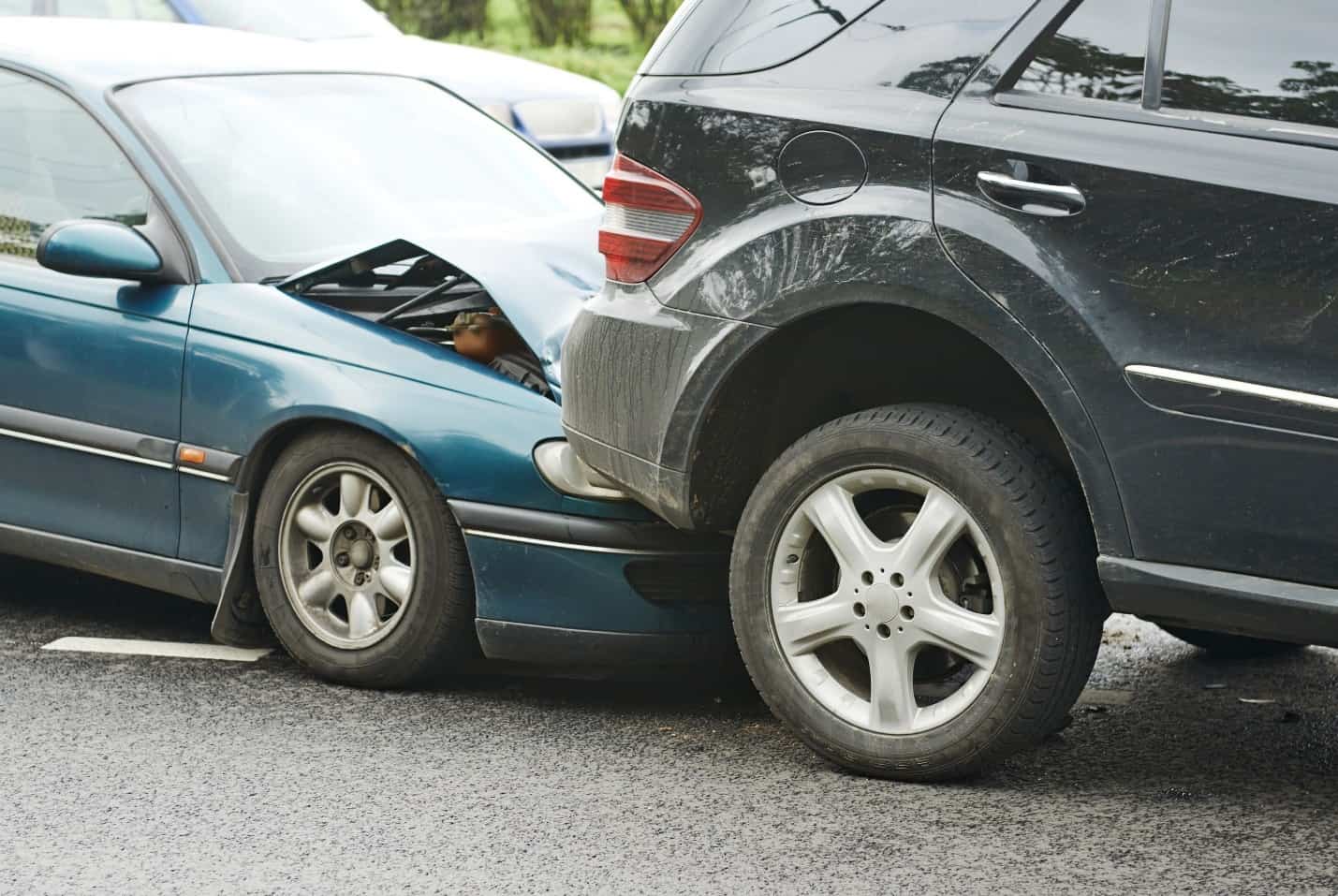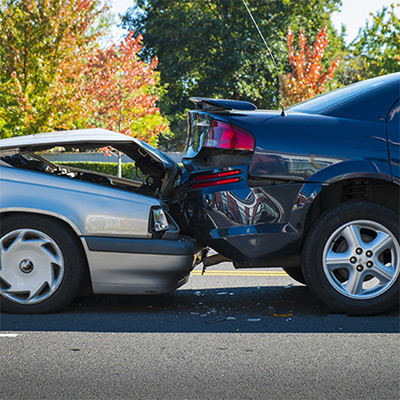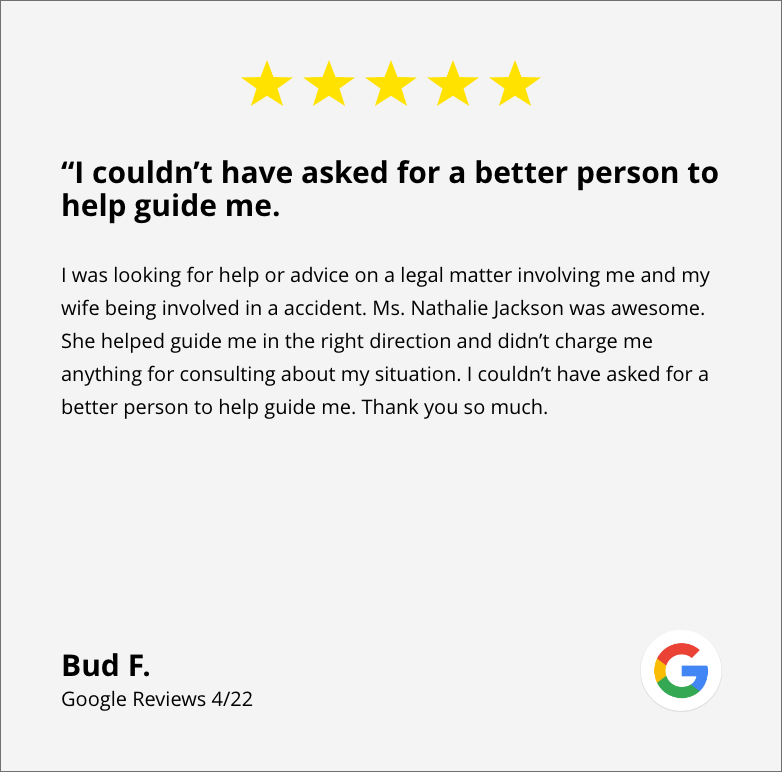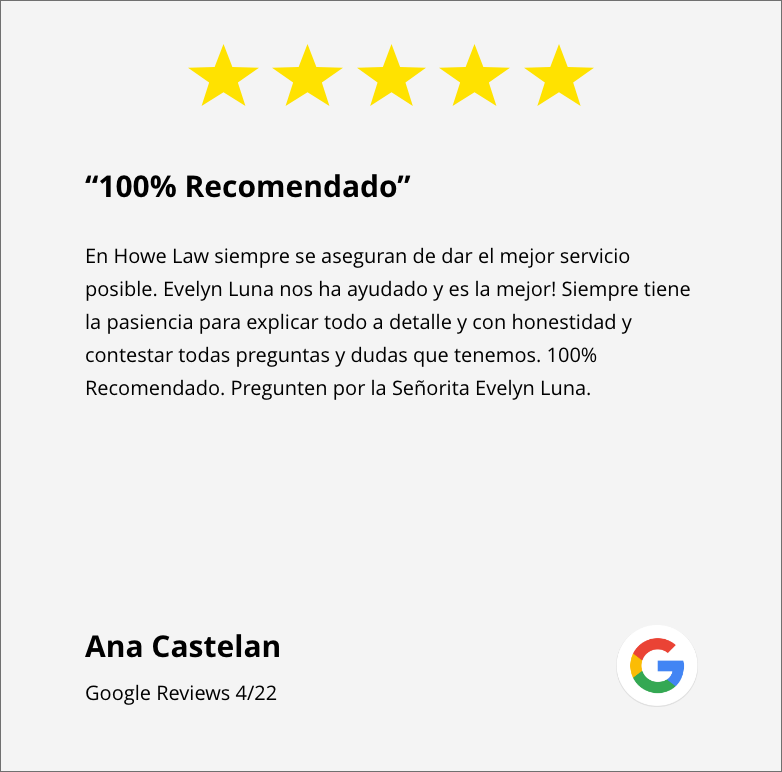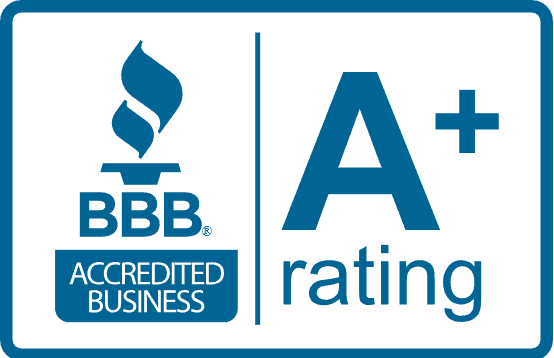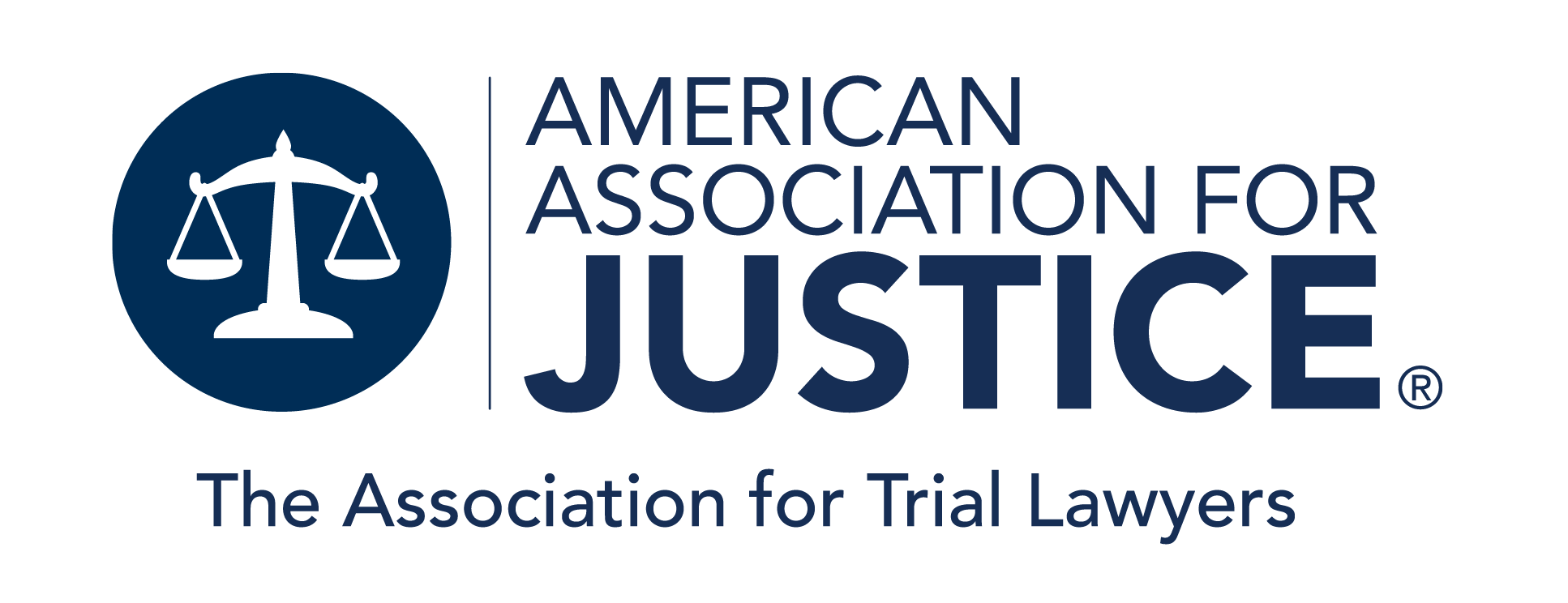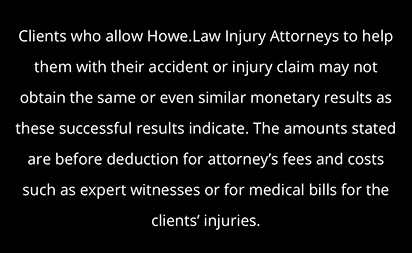Being tailgated is never a fun experience. Having someone pressuring you to speed up or trying to intimidate you on the road can be frustrating and force you into dangerous driving decisions or even accidents. However, when the driver in front intentionally slams on the brakes to draw the driver behind them into a crash, it can be much more dangerous. But if the driver behind was also breaking the law by tailgating, who is at fault?
Generally speaking, brake check accidents could involve shared fault among both drivers. Tailgating is illegal, but so is intentionally causing a crash. The driver in front might have known that slamming on the brakes was unwarranted and that it was dangerous, making their behavior potentially worse than unintentional tailgating. However, if the driver to the rear was tailgating, that is potentially just as bad. Courts will usually weigh fault and award damages to the party that is more of a victim, but Alabama’s contributory negligence rules can interfere with that.
If you were hurt in a crash, call our Alabama car accident lawyers at Howe Law at (844) 876-4357 for a free case evaluation.
Fault in a Brake Check Accident in Alabama
Calling brake check crashes “accidents” is not always appropriate, as the driver who intentionally slammed on the brake should have known better that they were going to cause an accident. In some cases, these crashes are even intentional, with the driver in front looking to punish the driver behind them for riding their bumper or trying to commit insurance fraud. In any case, the driver who intentionally causes a crash will often be at fault, but a rear driver who also did something wrong by tailgating could share liability.
Negligence Explained
In a car accident case, fault is usually determined by looking at who was “negligent.” In general, negligence means violating a legal duty that someone owed the victim, causing them damages (such as physical injuries, medical bills, and other damages). Our Birmingham car accident lawyers can help you file a claim for negligence involving a violation of a specific statute or general safe-driving principle.
Alabama’s Tailgating Law
Tailgating violates Ala. Code § 32-5A-89, which makes it an offense to follow closer than “reasonable and prudent.” The more specific rule given in this statute is that for every 10 mph of travel, you must leave at least 20 feet. So at highway speeds of 60 mph, you must be approximately 120 feet back – approximately 8 car lengths.
Many driver safety tips say you should leave one car length per 10 miles per hour. At 60 mph, that would be approximately 6 car lengths. Others say you should arrive at the place the driver in front of you was at 2 or 3 seconds after them, which would equate to about 176-264 feet of following distance (at least 12 car lengths) at 60 mph. Given the variation in rules, courts will generally need to analyze tailgating based on reasonableness given the speed of travel, road conditions, visibility, etc.
Other Traffic Offenses
Violations of other traffic offenses could also help satisfy the elements of negligence in a car crash. For example, if the tailgating only occurred because the driver in front was going much slower than other traffic, they could be accused of violating § 32-5A-174 for impeding traffic by failing to maintain a reasonable minimum speed. Stopping or standing could also be illegal under § 32-5A-137 in certain places, such as the middle of a highway, making stopping illegal whether you are brake checking or stopping to check a map.
In many cases, intentional tailgating and brake checking could each qualify as reckless driving under § 32-5A-190. This is a very serious offense.
Reckless and Intentional Crashes vs. Negligent Crashes
Recklessness makes the defendant more culpable than negligence. In a case of negligence, the actor merely fails to follow the duty they were required to follow. In a case involving recklessness, the actor instead recognizes that what they are doing is dangerous but does it anyway. Intentionally causing a crash is even worse.
In crashes where one driver’s negligence is compared to another driver’s recklessness or intentional bad actions, the court might rule that the intentional or reckless acts actually cut off the other driver’s negligence, removing any fault from the driver whose violation was merely negligent.
Contributory Negligence in Brake Check Crashes in Alabama
In many states, courts can compare each driver’s fault and award damages to the driver who was, all things considered, less at fault. Many states use “comparative negligence” rules that allow reduced damages to issue to a victim who was partially at fault, with many states blocking damages after the victim’s fault rises to or above 50%. So for example, if the brake-check victim suffered $10,000 in damages and was 25% at fault from tailgating, they would receive $7,500 from the other driver.
In Alabama, we use a “contributory negligence” rule instead. This means that any contribution – even a very slight one – is enough to cut off damages. If you were tailgating and a driver brake checked you, you would not be able to recover if your tailgating was seen as a contributing factor in causing the crash. Damages would also be blocked if you hit the brakes while someone was tailgating you and your brake check contributed to the crash.
However, cases are not always this simple. In many cases, a driver’s reckless or “wanton” actions could be enough to do away with a contributory negligence defense, allowing you to still get damages if what you did wrong was merely negligent. Proving that what they did was intentional or wanton is a high bar to meet, making this a tough case to prove.
Call Our Alabama Car Accident Lawyers Today
If you were hurt in a car crash, call the Gadsden, AL car accident lawyers at Howe Law by dialing (844) 876-4357.
Related Articles

